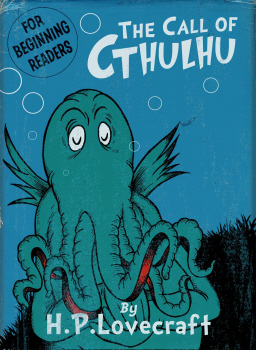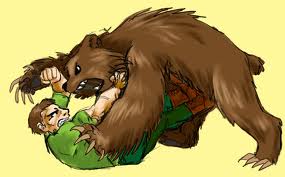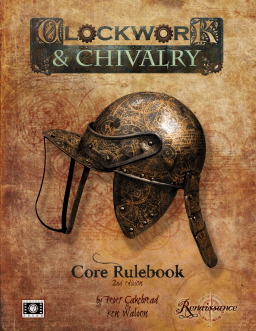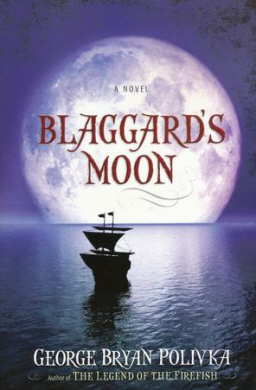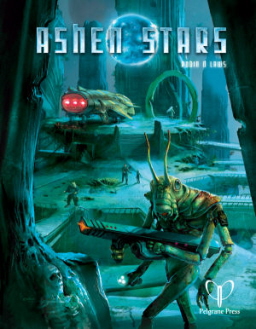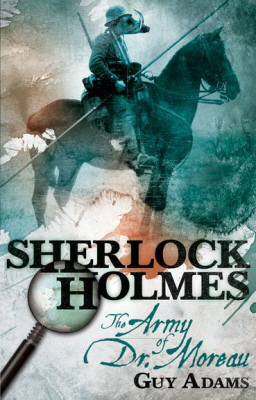Black Gate Goes to the Summer Movies: The Expendables 2
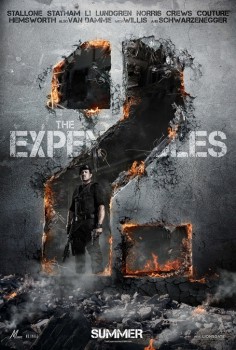 Two years ago I walked out of a theater showing The Expendables, shaking my head in mild bewilderment. I don’t just have a high tolerance for ‘80s action cheese; I actively embrace it. I was nearly as excited about the release on Blu-ray last week of Death Wish 3 as I was about Jaws’s simultaneous hi-def debut. (Well, not really, but that’s my way of drawing your attention to what an over-the-top great/stupid movie we have in Death Wish 3.) But 2010’s The Expendables pushed none of my buttons. It was dull, the action flat, and Stallone seemed to think audiences would care about the tangled romantic lives of his and Jason Statham’s characters (at the expense of the rest of the cast). Stallone also seemed ignorant of the premise’s goofy appeal and played too much of it straight. The film ended up wasting most of the names on the marquee and couldn’t live up to its modest goals. It was also badly tarted-up with occasional post-production blood to get an R rating after it was shot for PG-13. It was a misfire for what looked like a simple shot.
Two years ago I walked out of a theater showing The Expendables, shaking my head in mild bewilderment. I don’t just have a high tolerance for ‘80s action cheese; I actively embrace it. I was nearly as excited about the release on Blu-ray last week of Death Wish 3 as I was about Jaws’s simultaneous hi-def debut. (Well, not really, but that’s my way of drawing your attention to what an over-the-top great/stupid movie we have in Death Wish 3.) But 2010’s The Expendables pushed none of my buttons. It was dull, the action flat, and Stallone seemed to think audiences would care about the tangled romantic lives of his and Jason Statham’s characters (at the expense of the rest of the cast). Stallone also seemed ignorant of the premise’s goofy appeal and played too much of it straight. The film ended up wasting most of the names on the marquee and couldn’t live up to its modest goals. It was also badly tarted-up with occasional post-production blood to get an R rating after it was shot for PG-13. It was a misfire for what looked like a simple shot.
Yet it made enough money for them to take a second shot, and when I left the theater after seeing Expendables 2, I felt they hit the target. I won’t go so far as to say “they got it right,” because “right” isn’t something a movie like The Expendables 2 would even know how to define, but the folks aboard this go-round sure “got it better.” It’s the best dumb fun movie of the summer for fans of the old-school testosterone action pics.
Here’s all you need to know about what kind of movie the filmmakers on Expendables 2 have put together: During the finale and within the space of thirty seconds, there are three lines quoting The Terminator, a line from Die Hard, and a reference to Rambo. Chuck Norris strides onto the screen through a haze of combat dust to the whistling strains of the theme from The Good, the Bad and the Ugly. Stallone grunts “Rest in pieces!” after he and company shred some fools with a rain of bullets. Dolph Lundgren plays the brains of the team. And Jean-Claude Van Damme is the villain.
How much more of a review do you need after that? The Expendables 2 is utterly silly, and everybody seems aware of it and rides the wave of ludicrous puns and over-the-top action with bloody smiles. Between making the two films, someone must have gotten the memo that the whole concept is actually a gag.

